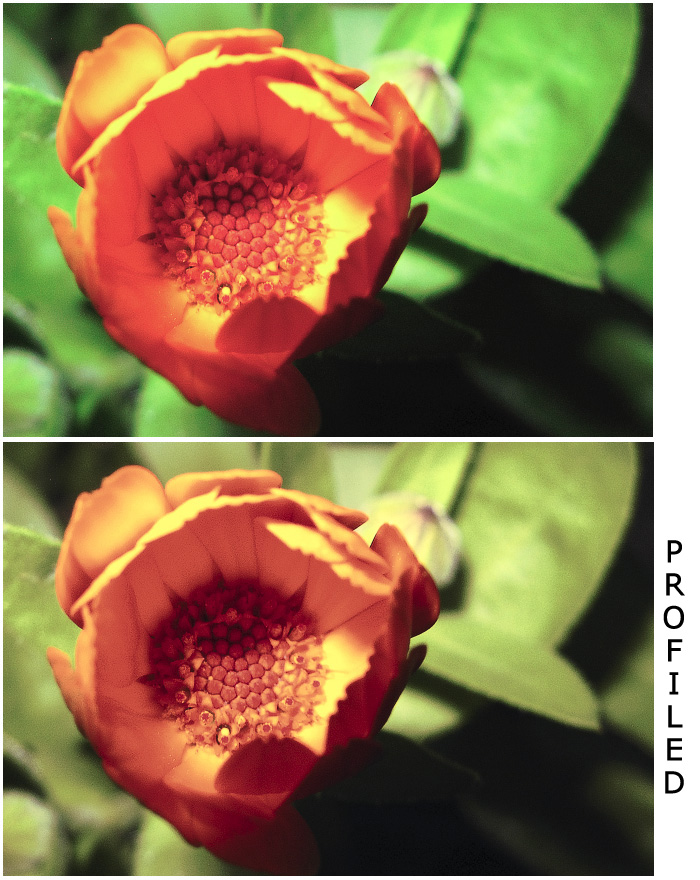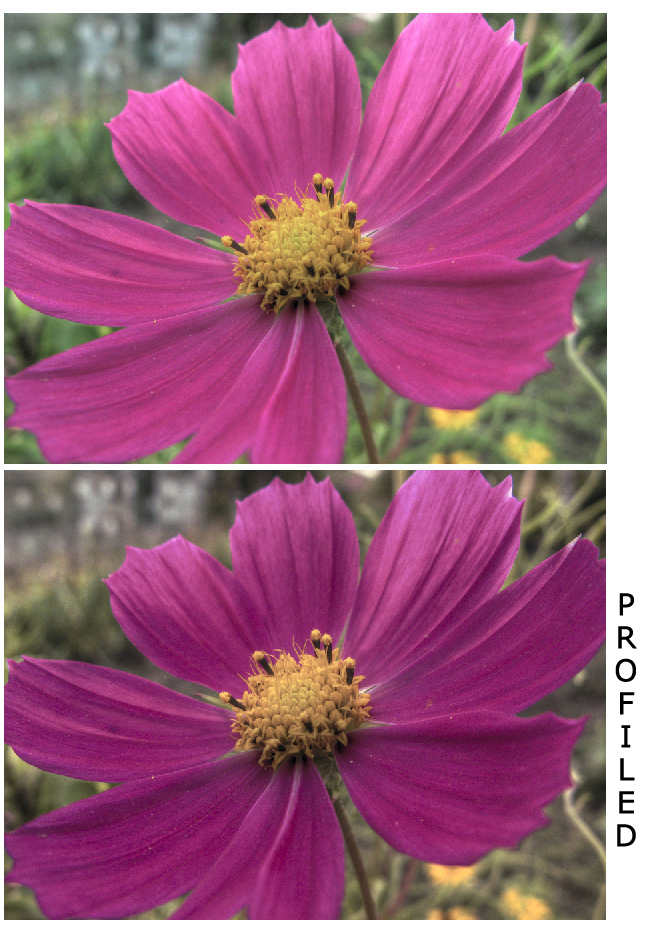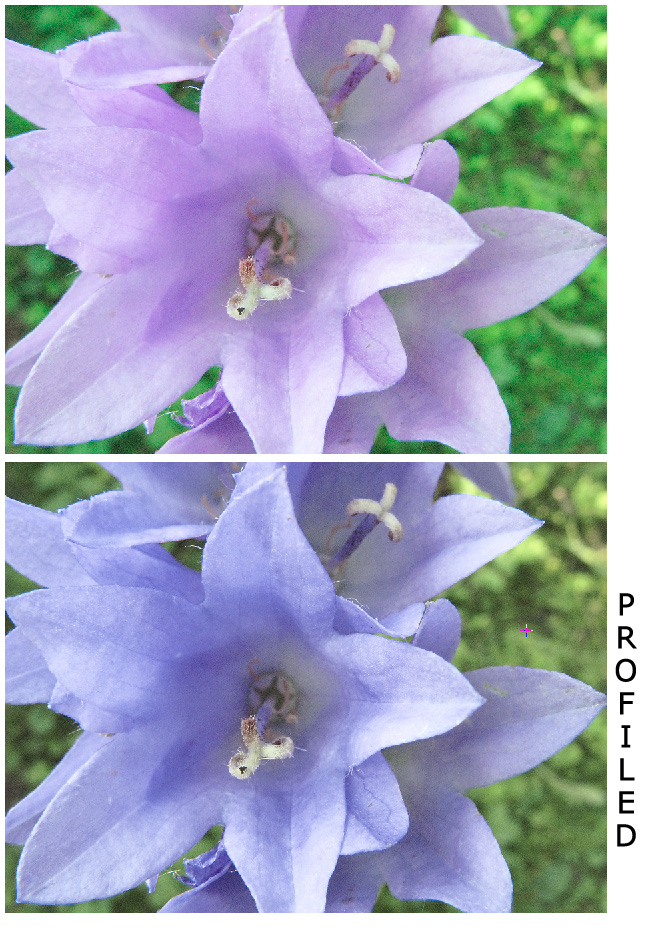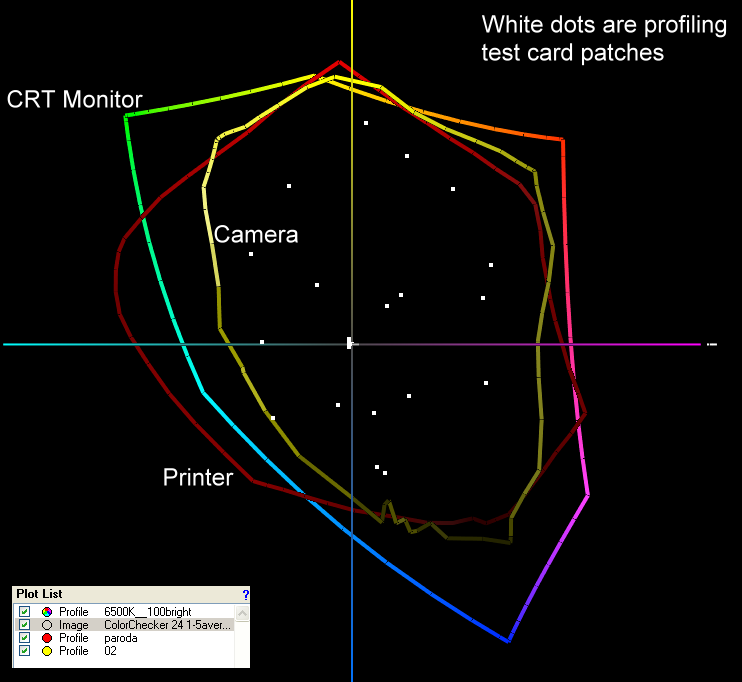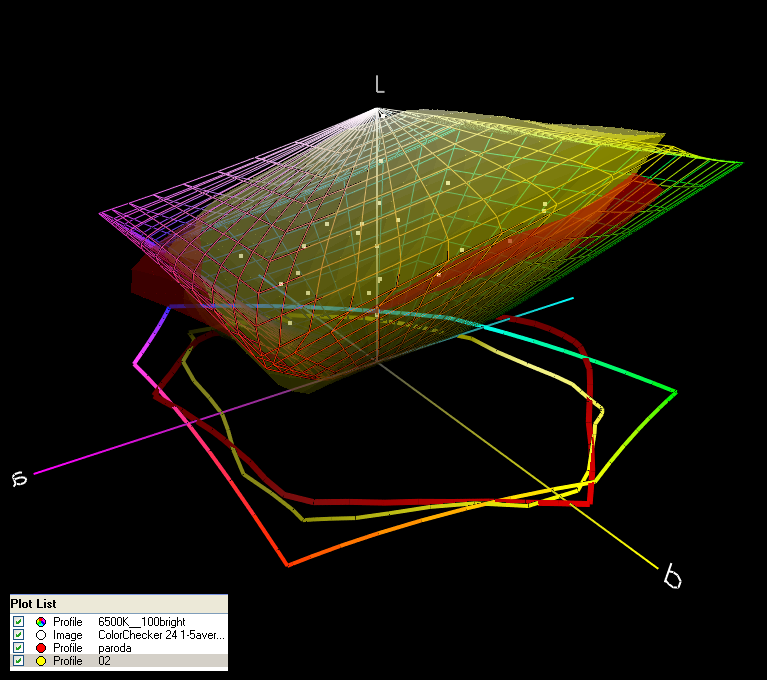Hi,
I have a new printer (Canon Pixma ip4500) and many questions.
I am asking you for an understanding of color management with my system. I would be grateful if you would post useful links and answers to my questions. Starting with basics is fine with me.
How many color management systems for Mac are there? Is Colorsync one? others? How do I use them?
How do I use Profiles, and where do I get them?
For inks, printer, papers. and other?
Do profiles work with Photoshop or the printer driver?
System - Mac G4 OS 10.4.11
Photoshop 8.0 for post processing and printing
Printer Canon Pixma ip4500 with 6.9.2 driver
monitor IBM P72 (Sony Trinitron)
Cameras - Konica Minolta 5D, Canon 300D, Fujifilm F20
My screen has not been calibrated (I think I know someone at work that has equipment to do this), but it is very close to the images I get back from Costco 1 hour labs (nice). The printer is new to me, and I get photo output with a noticeable Magenta hue. My screen colors are accurate looking, and doesn't have the magenta look.
The nozzle check is perfect, and this is just installed with Canon Ink.
First, I need to get an understanding of how to get accurate colors.
After I use up the ink in the Canon Set, I will be refilling with Sensient Imaging Formulabs inks. I will need to get a profile for that soon. I read here about the German refill method, and have the supplies already. I am looking forward to saving money on printing.
Please help me learn how to print accurately at home. Thanks.
big-guy
I have a new printer (Canon Pixma ip4500) and many questions.
I am asking you for an understanding of color management with my system. I would be grateful if you would post useful links and answers to my questions. Starting with basics is fine with me.
How many color management systems for Mac are there? Is Colorsync one? others? How do I use them?
How do I use Profiles, and where do I get them?
For inks, printer, papers. and other?
Do profiles work with Photoshop or the printer driver?
System - Mac G4 OS 10.4.11
Photoshop 8.0 for post processing and printing
Printer Canon Pixma ip4500 with 6.9.2 driver
monitor IBM P72 (Sony Trinitron)
Cameras - Konica Minolta 5D, Canon 300D, Fujifilm F20
My screen has not been calibrated (I think I know someone at work that has equipment to do this), but it is very close to the images I get back from Costco 1 hour labs (nice). The printer is new to me, and I get photo output with a noticeable Magenta hue. My screen colors are accurate looking, and doesn't have the magenta look.
The nozzle check is perfect, and this is just installed with Canon Ink.
First, I need to get an understanding of how to get accurate colors.
After I use up the ink in the Canon Set, I will be refilling with Sensient Imaging Formulabs inks. I will need to get a profile for that soon. I read here about the German refill method, and have the supplies already. I am looking forward to saving money on printing.
Please help me learn how to print accurately at home. Thanks.
big-guy

